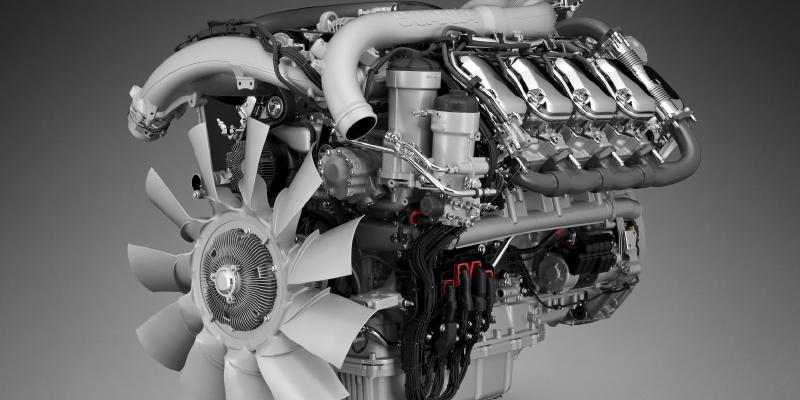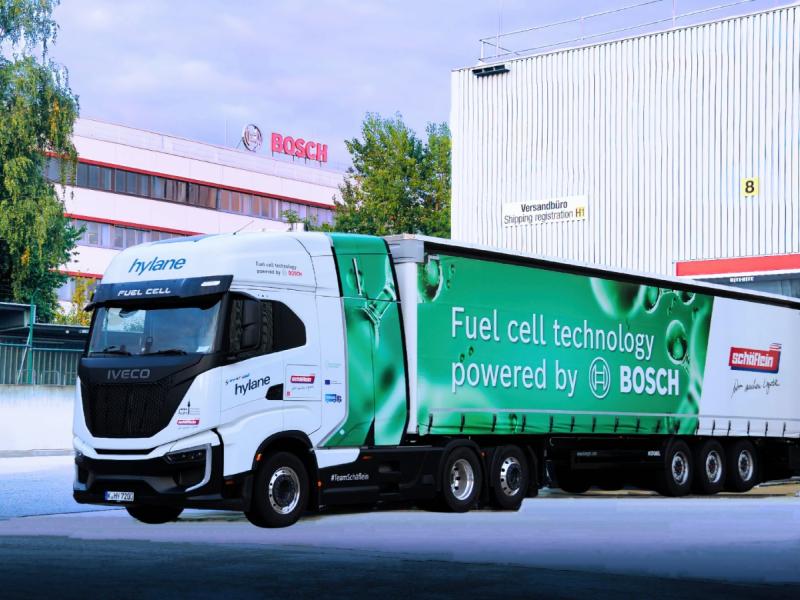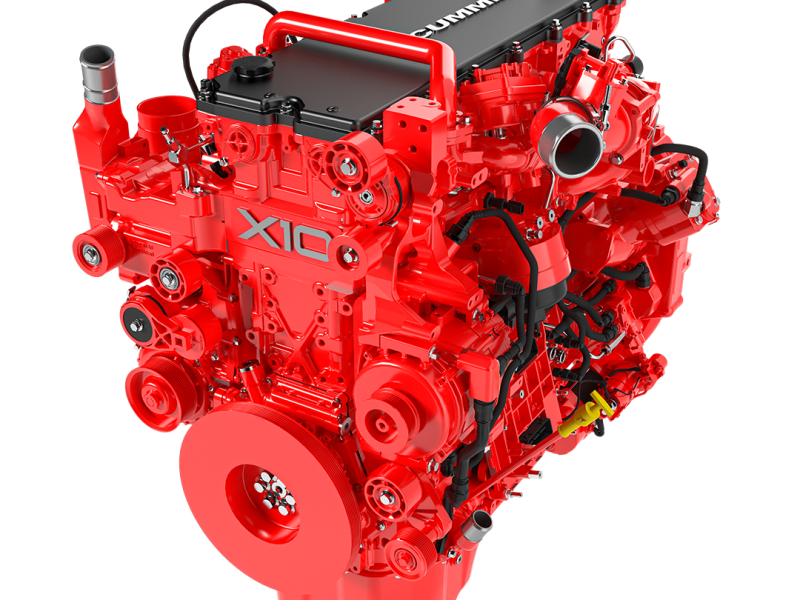Just launched in Europe, Scania’s new V8 engines not only offer record level power but vastly improved fuel efficiency as well.
Although Kiwi truckers will have to wait until later next year to experience the new V8 engines, the total fuel savings can reach up to six percent – or even more – under the right conditions, when the new G33 gearbox is included in the powertrain. Fuel savings of that magnitude make a huge difference of course, both long term for the climate and short term for the haulier.
“While shifting to fossil-free transports, we all must do everything to improve our current solutions,” says Alexander Vlaskamp, Executive Vice President, Head of Sales and Marketing. “You cannot let your house burn down simply because a new one is under construction. The transition must be seamless.”
The fuel savings are the result of extensive fine-tuning and development by Scania’s engineers, involving technologies in the forefront of internal combustion engine development. Among them, and provided by more than 70 new parts, are reduced internal friction, higher compression ratios, improved aftertreatment systems and a new powerful engine management system (EMS).
While future, electrified transports are on top of the agenda, the world still depend on transports carried out with trucks powered by internal combustion engines – and that is why Scania’s new powerful V8 engines play such an important role.
“A typical long-distance truck in Europe covers around 150,000 kilometres per year,” says Vlaskamp. “A reasonable saving on markets where longer and heavier combinations are permitted can be up to 3,000–4,000 litres annually for a truck with our new V8 – a tremendous achievement in every respect,” says Vlaskamp.
Most spectacular and of certain interest in the new V8 generation is the 770 hp, 3700 Nm top-of-the line version – probably the most powerful, factory-built truck engine in production today. Where and when is all this power asked for?
“This is, of course, not for everyone, but we see a growing demand for trucks capable of handling GTWs of 60 tonnes and above, especially for road-going combinations,” says Vlaskamp.
“The fastest way to increase transport efficiency is with longer and heavier truck combinations. The added fuel for a heavier vehicle is compensated by the greater payload capacity. The CO2-per-tonne calculation is favourable, and in addition there is the opportunity to run your Scania V8 truck on renewable biofuels.”
It is natural that trucks with Scania’s V8 engines are highly in demand in countries where greater GTWs are permitted, but countries with hilly terrain and many steep and challenging roads are also fond of V8s.
“We have a clear picture of where the first 770 hp trucks will start making a difference,” says Vlaskamp. “There is a strong rationale for ordering such a truck. These customers are looking for the best total operating economy, well aware of the fact that more payload means better efficiency, increased revenue and higher residual value. But I know that some of our customers also will become extra heartened by the sheer joy and emotion of operating such a magnificent working tool.”
The V8 range will be available in New Zealand mid 2021.






